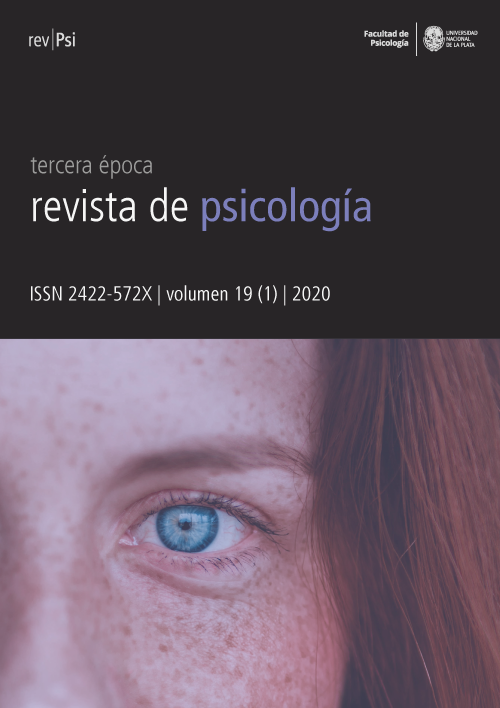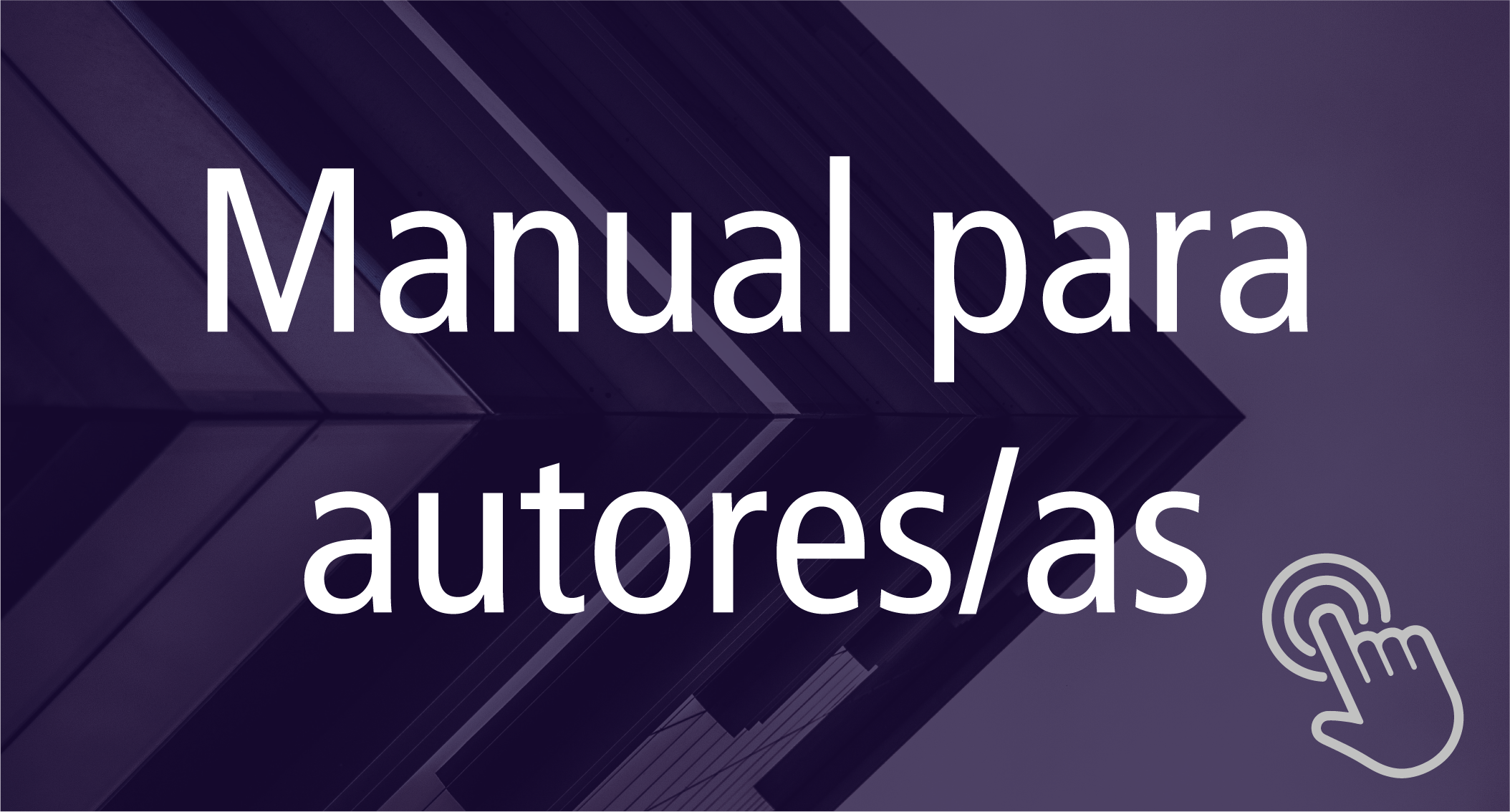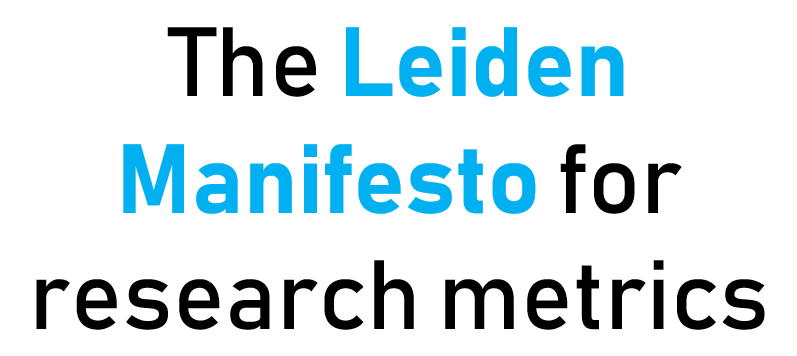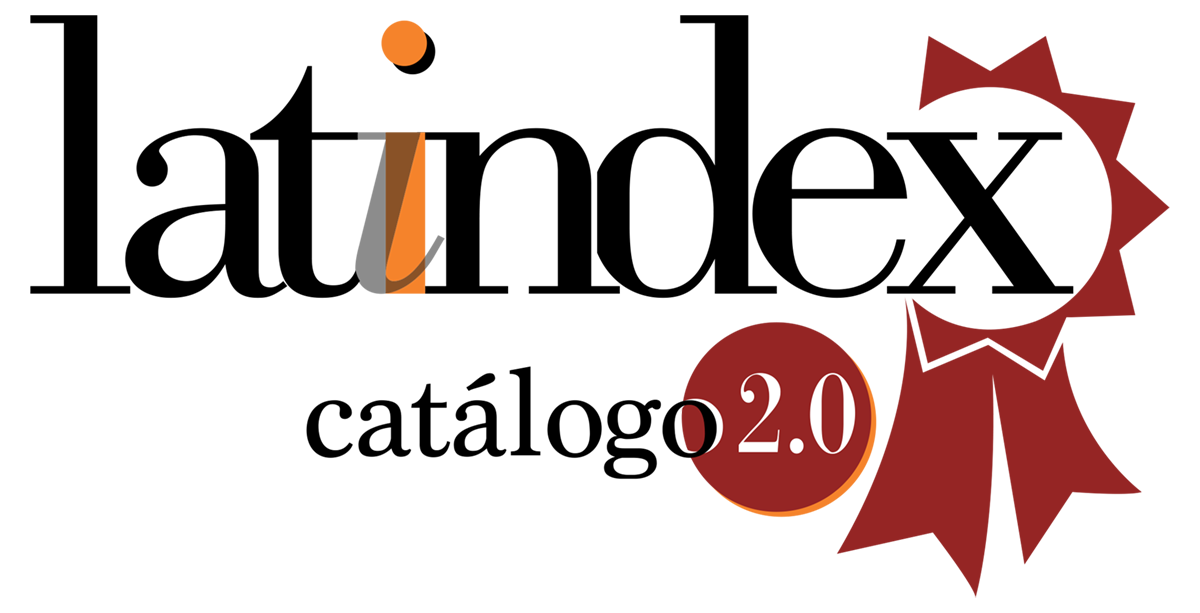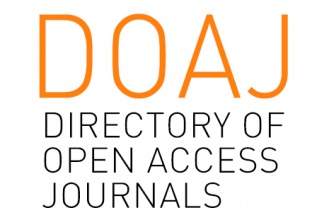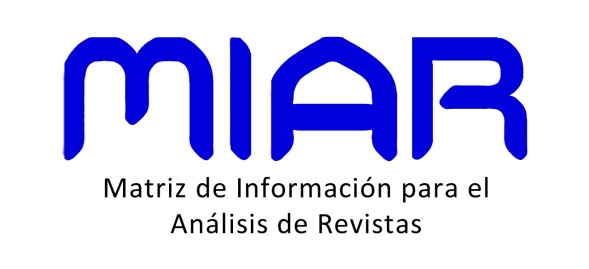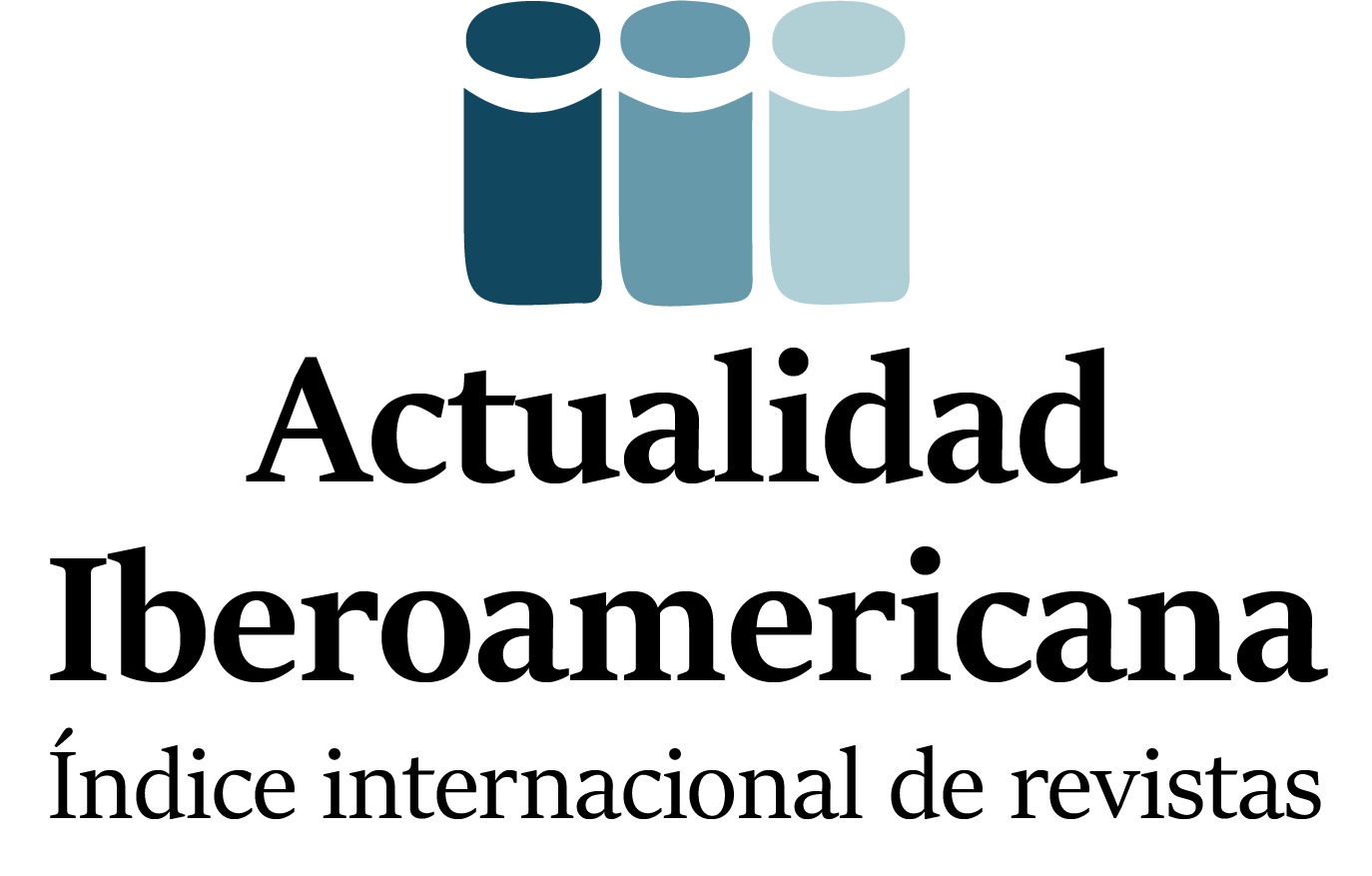Beck Hopelessness Scale analyzed with item response theory
DOI:
https://doi.org/10.24215/2422572Xe054Keywords:
hopelessness, Beck Hopelessness Scale (BHS), psychometric analysis, two-parameter logistic model, Item Response TheoryAbstract
The two-parameter logistic item response model (2PL) was applied to the Beck hopelessness scale (BHS). Hopelessness is a system of negative expectations about the future that plays a central role in various mental disorders. The research has been conducted with 390 (65.1% women) adults from Buenos Aires metropolitan area general population. Two original items were eliminated due to inadequate functioning. The remaining 18 items showed an adequate adjustment to 2PL. The items tended to be located in the medium-high levels of the trait and showed a medium-high discriminatory capacity. The evidence of concurrent validity was obtained with the dimensions from the SCL-90-R and facets of neuroticism. The test information function revealed that the scale is more accurate for high levels of the trait. The results obtained are encouraging with respect to the psychometric quality of the scale. Calibrated items could be useful to implement computerized adaptive testing.
Downloads
Metrics
References
Abal, F. J. P., Auné, S. E. y Attorresi, H. F. (2018). Variación de la escala Likert en el test de utilidad de la matemática. Interacciones, 4(3). https://doi.org/10.24016/2018.v4n3.134
Abal, F. J. P., Auné, S. E. y Attorresi, H. F. (2019). Construcción de un banco de ítems de Facetas de Neuroticismo para el desarrollo de un test adaptativo. Psicodebate, 19(1), 31-50. https://doi.org/10.18682/pd.v1i1.854
Abal, F. J. P., Lozzia, G. S., Aguerri, M. E., Galibert, M. S. y Attorresi, H. F. (2010). La escasa aplicación de la Teoría de Respuesta al Ítem en tests de ejecución típica. Revista Colombiana de Psicología, 19(1), 111 – 122. https://doi.org/10.35670/1667-4545.v19.n1.23877
Abal, F. J. P., Lozzia, G. S., Auné, S. E. y Attorresi, H. F. (2019). Evaluación adaptativa del Neuroticismo mediante el Cuestionario Revisado de Personalidad de Eysenck. Revista Evaluar, 19(1), 17-34. https://doi.org/10.35670/1667-4545.v19.n1.23877
Aish, A. M. y Wasserman, D. (2001). Does Beck’s Hopelessness Scale really measure several components? Psychological Medicine, 31(2). https://doi.org/10.1017/s0033291701003300
Alamo, P. C., Baader, M. T., Antúnez, S. Z., Bagladi, L. V. y Bejer, T. T. (2019). Escala de desesperanza de Beck como instrumento útil para detectar riesgo de suicidio en universitarios chilenos. Revista Chilena de Neuro-Psiquiatría, 57(2), 167-175. https://doi.org/10.4067/S0717-92272019000200167
Aloba, O., Akinsulore, A., Mapayi, B., Oloniniyi, I., Mosaku, K., Alimi, T. y Esan, O. (2015). The Yoruba version of the Beck Hopelessness Scale: psychometric characteristics and correlates of hopelessness in a sample of Nigerian psychiatric outpatients. Comprehensive Psychiatry, 56, 258-271. https://doi.org/10.1016/j.comppsych.2014.09.024
American Psychiatric Association (Ed.). (2013). Diagnostic and statistical manual of mental disorders (5ta edición). American Psychiatric Publishing.
Attorresi, H. F., Abal, F. J., Galibert, M. S., Lozzia, G. S. y Aguerri, M. E. (2011). Aplicación del Modelo de Respuesta Graduada a los ítems de una escala de voluntad de trabajo. Interdisciplinaria, 28(2), 231-244.
Attorresi, H. F., Lozzia, G. S., Abal, F. J., Galibert, M. S. y Aguerri, M. E. (2009). Teoría de Respuesta al Ítem. Conceptos básicos y aplicaciones para la medición de constructos psicológicos. Revista Argentina de Clínica Psicológica, 18(2), 179-188.
Baker, F. B. (2001). The basics of item response theory. ERIC Publications.
Beck, A. T. (1967). Depression: Clinical, experimental, and theoretical aspects. Harper & Row.
Beck, A. T. (1993). Beck Hopelessness Scale. Spanish version. Pearson.
Beck, A. T., Steer, R. A., Kovacs, M. y Garrison, B. (1985). Hopelessness and eventual suicide: a 10-year prospective study of patients hospitalized with suicidal ideation. American Journal of Psychiatry, 142(5), 559–563. https://doi.org/10.1176/ajp.142.5.559
Beck, A. T., Weissman, A., Lester, D. y Trexler, L. (1974). The measurement of pessimism: The Hopelessness Scale. Journal of Consulting and Clinical Psychology, 42(6), 861–865. https://doi.org/10.1037/h0037562
Birnbaum, A. (1968). Some latent trait models and their use in inferring an examinee’s ability. En F. Lord y M. Novick (Eds.), Statistical theories of mental test scores. Mass. Addison Wesley.
Boduszek, D. y Dhingra, K. (2016). Construct validity of the Beck Hopelessness Scale (BHS) among university students: A multitrait–multimethod approach. Psychological Assessment, 28(10), 1325–1330. https://doi.org/10.1037/pas0000245
Bouvard, M., Charles, S., Guerin, J. y Aimard, G. (1992). Study of the Hopelessness Scale: Validation and factorial analysis. Encephale, 18(3), 237–240.
Cai, L., Thissen, D. y Du Toit, S. (2017). IRTPRO users guide. Scientific Software International.
Carrasco Galán, I. (2006). Terapias racionales y de reestructuración cognitiva. En F. Labrador, J. Cruzado, y M. Muñoz (Eds.), Manual de técnicas de modificación y terapia de conducta (pp. 688-689). Ediciones Pirámide.
Chen, W. y Thissen, D. (1997). Local dependence indices for item pairs using item response theory. Journal of Educational and Behavioral Statistics, 22, 265-289. https://doi.org/10.2307/1165285
Derogatis, L. (1994). SCL-90-R. Symptom Checklist-90-R. Administration, scoring and procedures manual. National Computer System.
Gray Little, B., Williams, V. S. L. y Hancock, T. D. (1997). An Item Response Theory analysis of the Rosenberg Self-Esteem Scale. Personality and Social Psychology Bulletin, 23, 443-451. https://doi.org/10.1177/0146167297235001
Hewitt, P. L., Caelian, C. F., Chen, C. y Flett, G. L. (2014). Perfectionism, stress, daily hassles, hopelessness, and suicide potential in depressed psychiatric adolescents. Journal of Psychopathology and Behavioral Assessment, 36(4), 663–674. https://doi.org/10.1007/s10862-014-9427-0
Innamorati, M., Lester, D., Balsamo, M., Erbuto, D., Ricci, F., Amore, M. y Pompili, M. (2013). Factor validity of the Beck Hopelessness Scale in Italian medical patients. Journal of Psychopathology and Behavioral Assessment, 36(2), 300–307. https://doi.org/10.1007/s10862-013-9380-3
Kang, T. y Chen, T. T. (2011). Performance of the generalized S‐X2 item fit index for the graded response model. Asia Pacific Education Review, 12(1), 89 – 96. https://doi.org/10.1007/s12564-010-9082-4
Kao, Y. C., Liu, Y. P. y Lu, C. W. (2012). Beck hopelessness scale: exploring its dimensionality in patients with schizophrenia. Psychiatric Quarterly, 83, 241–255. https://doi.org/10.1007/s11126-011-9196-9
Kliem, S., Lohmann, A., Mößle, T. y Brähler, E. (2018). Psychometric properties and measurement invariance of the Beck hopelessness scale (BHS): results from a German representative population sample. BMC Psychiatry, 18(1). https://doi.org/10.1186/s12888-018-1646-6
Kocalevent, R. D., Finck, C., Pérez Trujillo, M., Sautier, L., Zill, J. y Hinz, A. (2016). Standardization of the Beck Hopelessness Scale in the general population. Journal of Mental Health, 26(6), 516–522. https://doi.org/10.1080/09638237.2016.1244717
Lloret, S., Ferreres, A., Hernández, A. y Tomás, I. (2017). El análisis factorial exploratorio de los ítems: análisis guiado según los datos empíricos y el software. Anales de Psicología, 33(2), 417–432. https://doi.org/10.6018/analesps.33.2.270211
Lozzia, G. S., Abal, F. J. P., Blum, G. D., Aguerri, M. E., Galibert, M. S. y Attorresi, H. F. (2009). Tests informatizados: nuevos desafíos prácticos y éticos para la evaluación psicológica. Suma Psicológica UST, 6, 135-148.
Mikulic, M. I., Cassullo, G. L., Crespi, M. C. y Marconi, A. (2009). Escala de Desesperanza BHS (A. Beck, 1974): estudio de las propiedades psicométricas y baremización de la adaptación argentina. Anuario de Investigaciones, 16, 365-373.
Muthén, L. K. y Muthén, B. O. (2010). Mplus user’s guide (6ta edición). Muthén&Muthén.
Perczel Forintos, D., Rózsa, S., Pilling, J. y Kopp, M. (2013). Proposal for a short version of the Beck Hopelessness Scale based on a national representative survey in Hungary. Community Mental Health Journal, 49(6), 822–830. https://doi.org/10.1007/s10597-013-9619-1
Perczel Forintos, D., Sallai, J., Rózsa, S. y Kopp, M. (2001). Psychometric analysis of the Beck Hopelessness Scale: A pilot study. Psychiatria Hungarica, 6, 632–643. https://doi.org/10.1007/s10597-013-9619-1
Peters, G. J. Y. (2014). The alpha and the omega of scale reliability and validity: Why and how to abandon Cronbach’s alpha and the route towards more comprehensive assessment of scale quality. European Health Psychologist, 16(2), 56–69.
Pompili, M., Innamorati, M., Gonda, X., Serafini, G., Sarno, S., Erbuto, D. y Girardi, P. (2013). Affective temperaments and hopelessness as predictors of health and social functioning in mood disorder patients: A prospective follow-up study. Journal of Affective Disorders, 150(2), 216–222. https://doi.org/10.1016/j.jad.2013.03.026
Quiñonez Tapia, F., Méndez Luevano, T. y Castañeda Camey, N. (2019). Análisis factorial confirmatorio y propiedades psicométricas de la Escala de Desesperanza de Beck en estudiantes en contextos de pobreza en México. Revista de Psicopatología y Psicología Clínica, 24(2), 59-70. https://doi.org/10.5944/rppc.24104
Reise, S. P. y Revicki, D. A. (2015). Handbook of Item Response Theory modeling applications to typical performance sssessment. Routledge.
Rueda Jaimes, G. E., Castro Rueda, V. A., Rangel Martínez Villalba, A. M., Moreno Quijano, C., Martínez Salazar, G. A. y Camacho, P. A. (2016). Validación de la Escala de Desesperanza de Beck en pacientes con riesgo suicida. Revista de Psiquiatría y Salud Mental, 11(2), 86-93. https://doi.org/10.1016/j.rpsm.2016.09.004
Sánchez González, J. F. y Pérez Sutil, J. M. (2019). Estructura factorial de la Escala de Desesperanza de Beck (BHS). XI Congreso Internacional de Investigación y Práctica Profesional en Psicología. http://jimemorias.psi.uba.ar/
Satorres, E., Ros, L., Meléndez, J. C., Serrano, J. P., Latorre, L. y Sales, A. (2016). Measuring elderly people’s quality of life through the Beck Hopelessness Scale: a study with a Spanish sample. Aging & Mental Health, 22(2), 239–244. https://doi.org/10.1080/13607863.2016.1247427
Stotland, E. (1969). The psychology of hope. Bass.
Szabó, M., Mészáros, V., Sallay, J., Ajtay, G., Boross, V., Udvardy-Mészáros, A. y Perczel-Forintos, D. (2016). The Beck hopelessness scale: specific factors of method effects? European Journal of Psychological Assessment, 32, 111–8. https://doi.org/10.1027/1015-5759/a000240
Toland, M. (2013). Practical guide to conducting an item response theory analysis. The Journal of Early Adolescence, 34(1), 120-151. https://doi.org/10.1177/0272431613511332
Toro Tobar, R. A., Avendaño Prieto, B. L. y Castrillon, D. A. (2016). Design and psychometric analysis of the Hopelessness and Suicide Ideation Inventory “IDIS”. International Journal of Psychological Research, 9(1), 52-63.
Wenzel, A., Brown, G. K. y Beck, A. T. (2009). Cognitive therapy for suicidal patients: Scientific and clinical applications. APA.
Yip, P. S. y Cheung, Y. B. (2006). Quick assessment of hopelessness: A cross-sectional study. Health and Quality of Life Outcomes, 4, 13. https://doi.org/10.1186/1477-7525-4-13
Young, M. A., Halper, I. S., Clark, D. C., Scheftner, W. y Fawcett, J. (1992). An item-response theory evaluation of the Beck Hopelessness Scale. Cognitive Therapy and Research, 16(5), 579–587. https://doi.org/10.1007/bf01175143
Downloads
Published
How to Cite
Issue
Section
License
![]()
Authors who publish in this journal accept the following conditions:
- Authors retain the copyright and assign the right of first publication to the journal, with the work registered under a Creative Commons attribution license (CC-BY), which allows third parties to use what is published whenever they mention the authorship of the work and the first publication in this magazine.
- Authors can make other independent and additional contractual agreements for the non-exclusive distribution of the article published in this journal (e.g., include it in an institutional repository or publish it in a book) as long as they clearly indicate that the work was published for the first time in this magazine.
- Authors are allowed and encouraged to publish their work on the Internet (e.g., on institutional or personal webpages) before and during the review and publication process, as it can lead to productive exchanges and greater and faster dissemination of published work (see The Effect of Open Access ).

